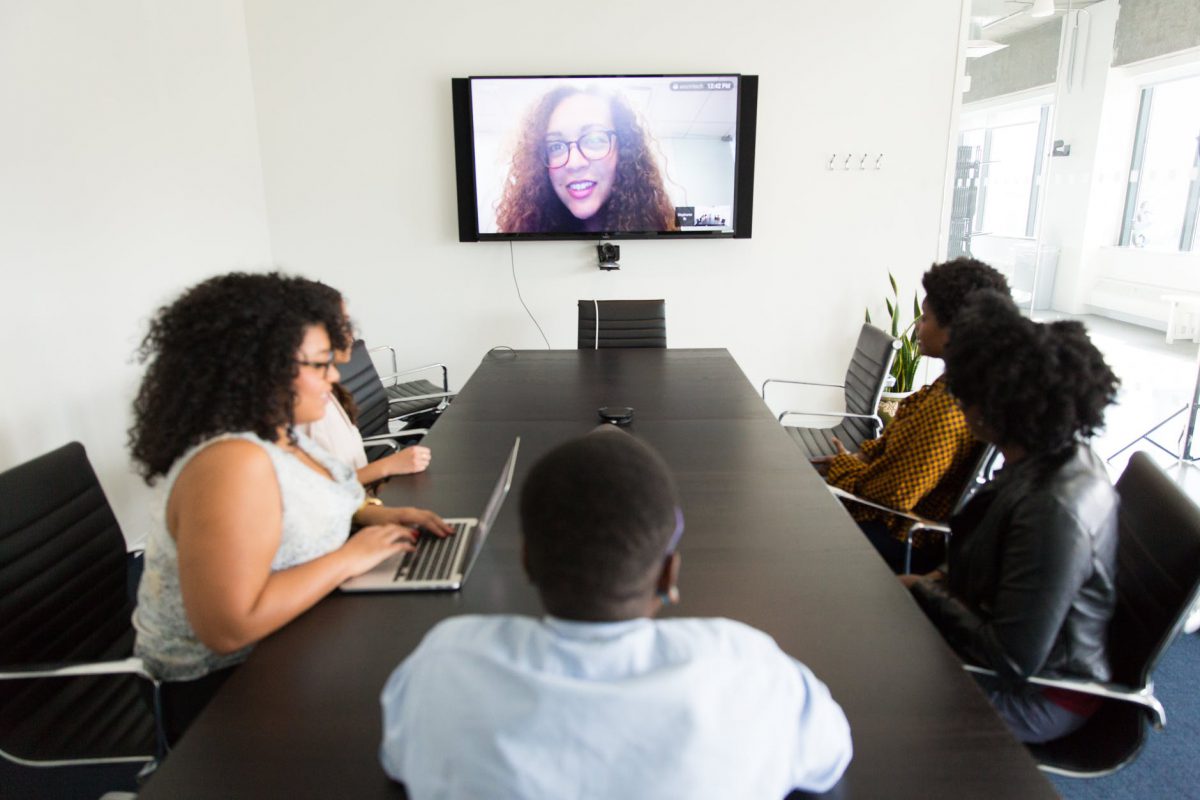Many companies are now facing an unfamiliar talent and engagement landscape, with some employees having been let go, others moved to new roles, certain populations back in the office, while their peers continue to work remotely, etc. Navigating the increased complexity inherent in a hybrid workplace model is something HR departments, executives, and team leaders everywhere are grappling with in the midst of all of the other COVID-related disruptions. One additional ‘disruption’ is the increased focus on inclusion in recent months, following multiple high-profile incidents of racial injustice. Unfortunately, most organizations were already struggling to build and manage inclusion when the majority of their employees were in one place; how can they foster it now that employees are geographically distributed and having very different employee experiences?
The importance of prioritizing inclusion
These are important questions that every company should be asking right now. Building an inclusive workplace is undeniably the right course of action, for employees’ happiness, security, and wellbeing, but also for the company’s bottom line. A study by Deloitte found that as compared to their less inclusive competitors, organizations with inclusive cultures were:
- 2x more likely to meet or exceed their financial targets;
- 3x as likely to be high-performing;
- 6x more likely to be innovative and agile; and
- 8x more likely to achieve better business outcomes.
Moreover, Quantum Workplace noted that engagement is low for employees who believe inclusion in their organization is moderately or very weak, while it is high for those who believe inclusion is strong in their organization.
We’ve written extensively about engagement here before, but suffice it to say that it’s not something you want to overlook as it has far-reaching impacts across productivity, retention, happiness, and more. Particularly during this time when employees need support more than ever, it’s crucial to find strategies to build inclusion across your entire team, rather than letting silos crop up between remote and in-office employees. Below we’ve assembled some suggested tactics and approaches to managing engagement in a hybrid workplace model based on established best practices.
Strategies for building connection across remote and in-office employees
For your employees who are returning/have returned to the office, the new COVID accommodations may have made a previously comfortable environment feel foreign and unwelcoming. Respecting people’s different experiences with the virus and their individual efforts to protect themselves can make it difficult to connect with colleagues, even ones with whom they were previously friendly. In-office folx will need support and guidance to participate in building an inclusive workplace just as much as their remote peers who face more obvious inclusion challenges.
Some steps you can take to ensure everyone is included and feels that they belong as part of your hybrid workplace model are:
- Level the playing field. If there are meetings where at least one person will be remote while others are in the office, require that everyone join via video conference. Having one employee trying to participate from a screen while all of their colleagues are together in one room puts that individual at a deep disadvantage. Conversely, requesting that everyone participate from their desks, no matter where they sit, ensures everyone’s voice matters equally and shows remote employees that they’re both valued and respected. This strategy has the bonus effect of further mitigating viral transmission risk by reducing the number of times employees gather in-person in an enclosed conference room, so it’s a win all around.
- Open up communication channels. This may seem obvious, but there are a number of components to making this work. The first is to clearly describe which channels should be used for various types of communications, across email, chat apps, meetings, and so forth. Another is to encourage inclusive practices such as choosing to use chat rooms where project discussions are visible to everyone rather than one-to-one email threads that may exclude people and leave them in the dark. Third is to stress the importance of check-ins and ensure that managers are holding one-on-ones with all of their team members every week, along with at least one whole team meeting. For some teams, daily 15-20-minute video calls to touch base may be warranted to keep everyone looped in and engaged. Lastly, emphasize the importance of documenting conversations via digital means rather than relying on in-person conversations that don’t include the entire team, especially for the sake of remote workers.
- Develop a buddy system. Find ways to promote interaction for both in-office and remote workers. There are apps that pair up random employees for get-to-know you chats, programs that will help you launch a mentoring program, and as always, our personal favorite, employee resource groups. Create social infrastructure for your employees to interact across distances and you’ll reap the benefits.
The requirements of our new virus-ridden reality can make it difficult to keep your workforce engaged and connected. As you design your strategy for the coming months, make sure you’re catering to both employees who work in the office and their colleagues who are remaining remote. If you’re looking for an all-in-one solution to help keep employees on the same page across project teams, employee groups, and the organization more broadly, give us a shout at hello@workrowd.com. We’d love to show you how we can streamline the complications a hybrid workforce brings and increase engagement and inclusion for your team.


